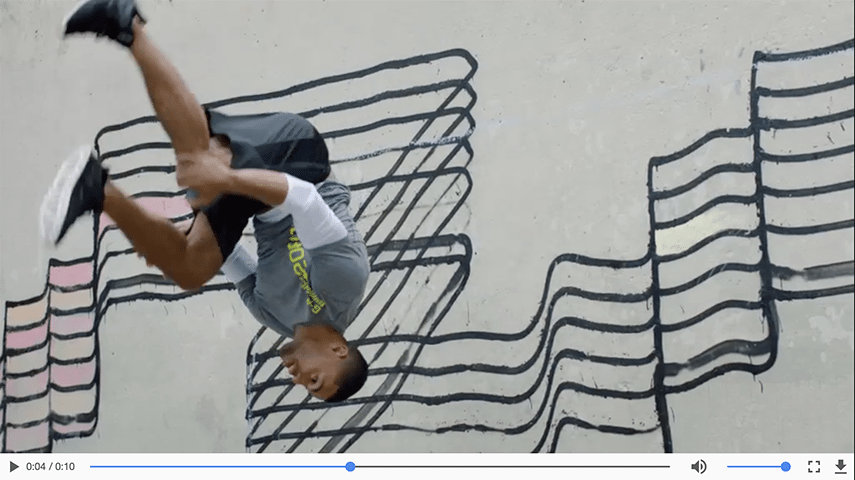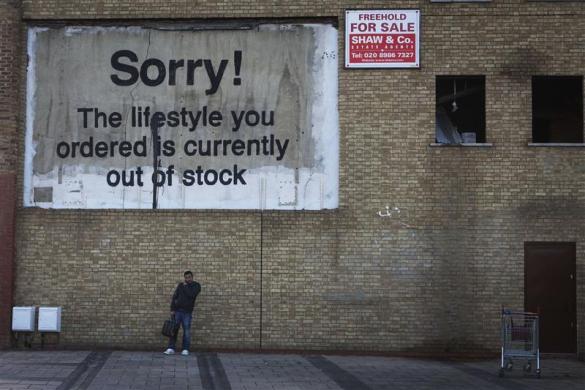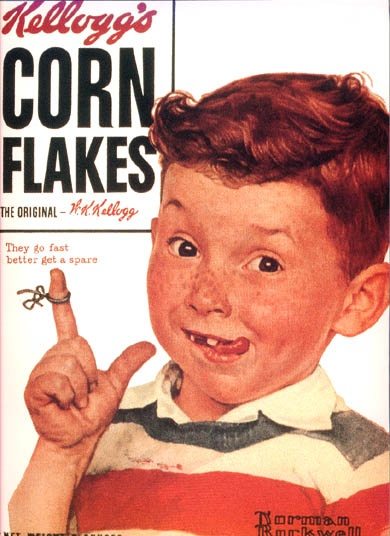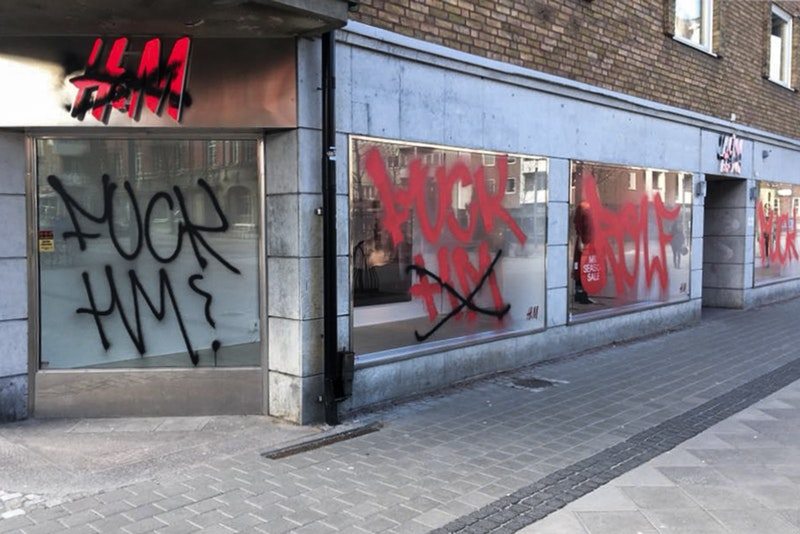

“Trademarks, intellectual property rights and copyright law mean advertisers can say what they like wherever they like with total impunity.
Fuck that. Any advert in a public space that gives you no choice whether you see it or not is yours. It’s yours to take, re-arrange and re-use. You can do whatever you like with it. Asking for permission is like asking to keep a rock someone just threw at your head.”
–Banksy
This quote from Banksy is how my friends and I used to justify our illegal paintings over the first ten years of the 2000’s. He summarised it much more eloquently than we could at the time, but we felt that we deserved the rights to public spaces – and that what we were doing was more effective and more valuable than billboard posters.
Ironically, today much of my income comes from advertising. My views may have pivoted slightly as both graffiti and culture have evolved over the past 18 years but I still believe that public space is enriched by art, whether it’s allowed to be there, or not. Our mission statement over the past 8 years at Graffiti Life has remained constant; create amazing art, inspire creativity, and create jobs for artists. We can’t do that if we can’t keep the lights on. We’re now in a place where talented graffiti artists all over the world are able to pay their rent by using their skills; something that was pretty much unheard of a decade ago.
Advertisers get it; humans are attracted to mastery of a skill, if someone can create something that they cannot, it’s impressive, it’s inspiring and it gets a reaction. This is nothing new; for as long as we can remember, art has been used to sell products. In the late 19th Century, Toulouse-Lautrec was commissioned by the Moulin Rouge in to design a series of posters promoting the Parisian club. In 1954, Norman Rockwell was commissioned by Kellogg’s to produce a piece for the cover of the corn flakes cereal box.

A quick google search will reveal a swathe of other artists that have worked in advertising, using it as a means to reaching their goals – while the portrayal of the ‘starving artist’ is very romantic, it definitely makes life difficult.

That being said, there definitely are artists that are unwilling to ‘sell-out’ for the corporate dollar and I don’t blame them. The recent stunt pulled by ‘fast fashion’ brand H&M shows exactly why creatives are leery of big brands. H&M used the work of Jason ‘Revok’ Williams in an ad campaign without his permission. Revok responded with a cease and desist, they countered with a lawsuit that stated “The entitlement to copyright protection is a privilege under federal law that does not extend to illegally created works.” Basically saying “if you don’t have permission to paint it, we don’t need permission to use it”. Had the case continued, and if ruled in the favour of H&M, it would have had hugely damaging ramifications to artists, meaning that any piece of street art could be pinched by a company and used in any way they saw fit.
Fortunately, the story ended rather quickly, after an avalanche of backlash on social media H&M withdrew the lawsuit and apologised. The power of the people was very underrated by the company and when an artist is under attack we have seen that the people rally. In 2018 brands are terrified of negative attention on social media and over the past few days my instagram feed has been ‘F**K HM’ and #boycotthm 9 out of every 10 posts. I have to believe that if we were living in a world without twitter and insta, this would have been brushed under the carpet and the big guys would have eked out a win. They have unlimited resources and powerful lawyers but fortunately the artists have a voice.

It’s a small victory, of course, H&M and companies like them, will continue to make millions and will probably still incorporate whatever unethical shenanigans they think they can get away with. But it’s a dangerous game and cases like this one show that creatives won’t be bullied. As artists we will continue to innovate, which is always going to capture the world’s attention and if we want to make a living doing what we love then we must find the clients that are willing to listen to our ideas and leverage big brands to forward us towards our goals. Just be careful out there!

